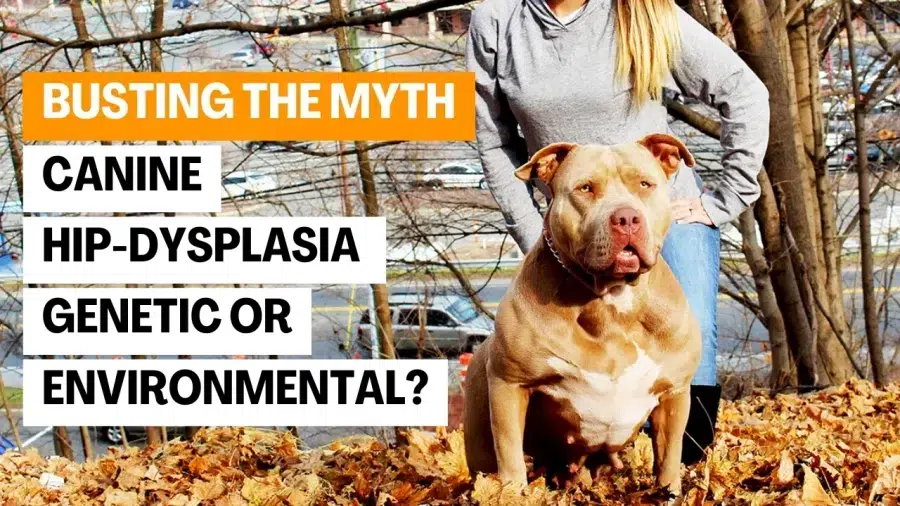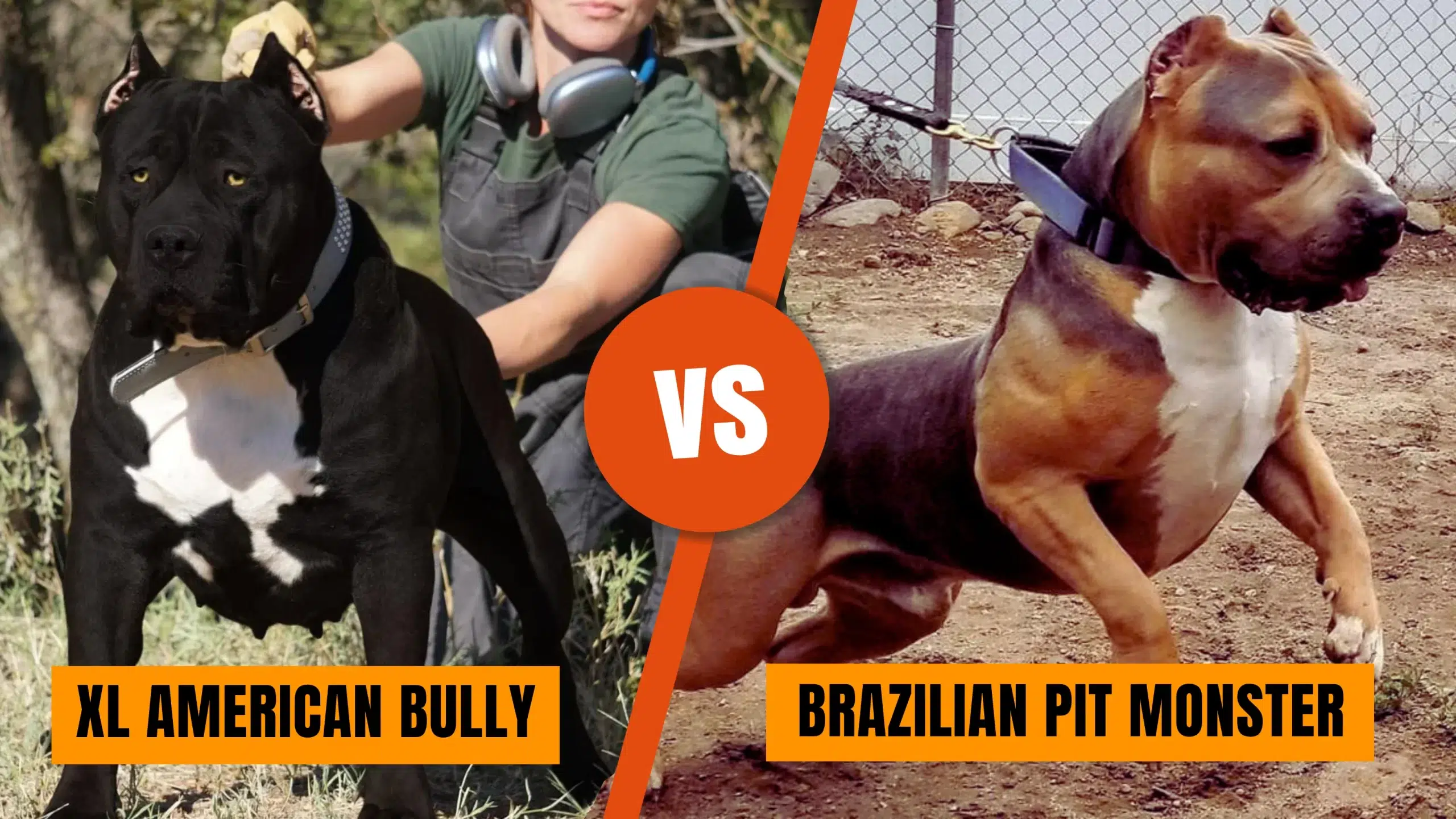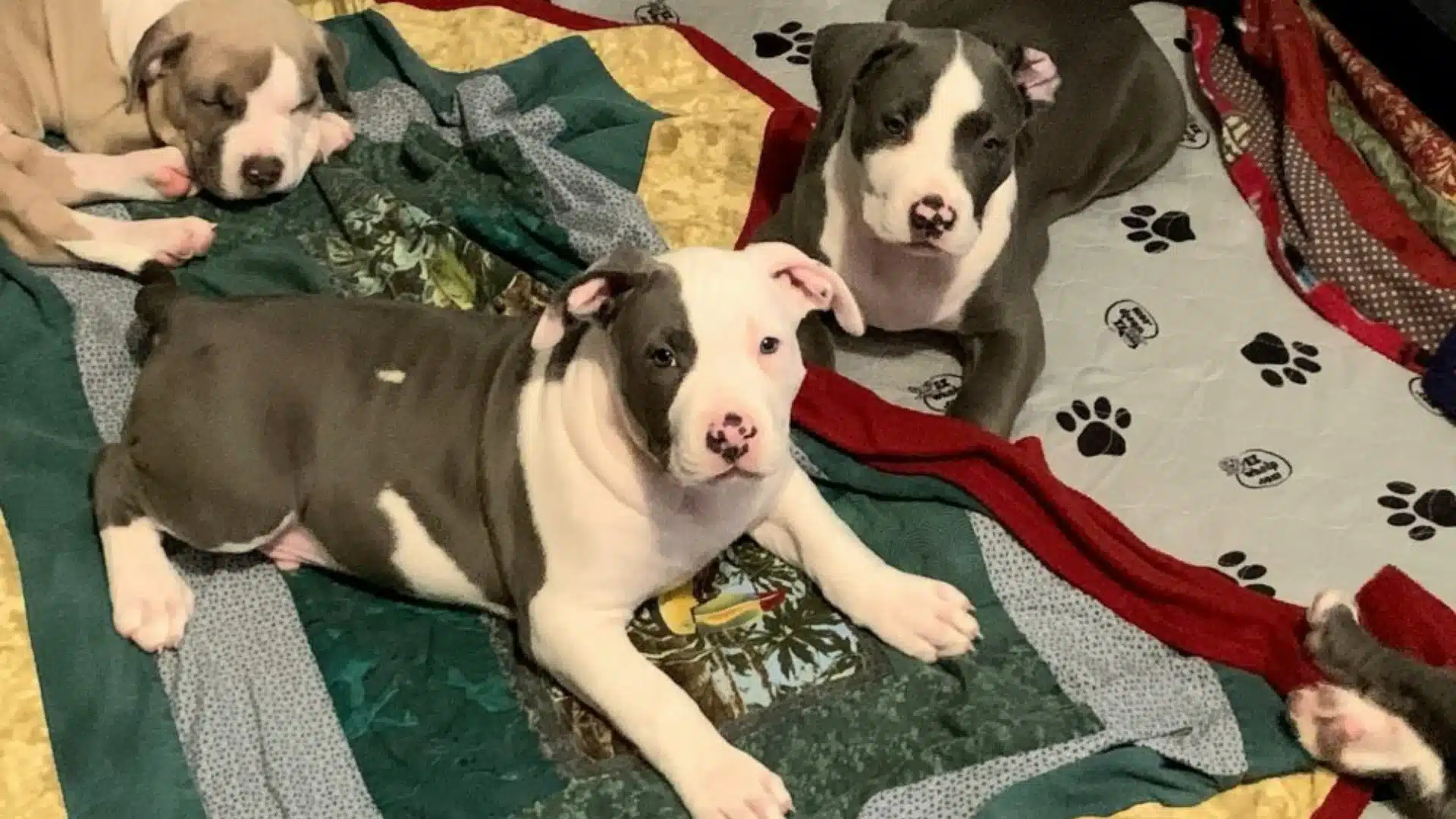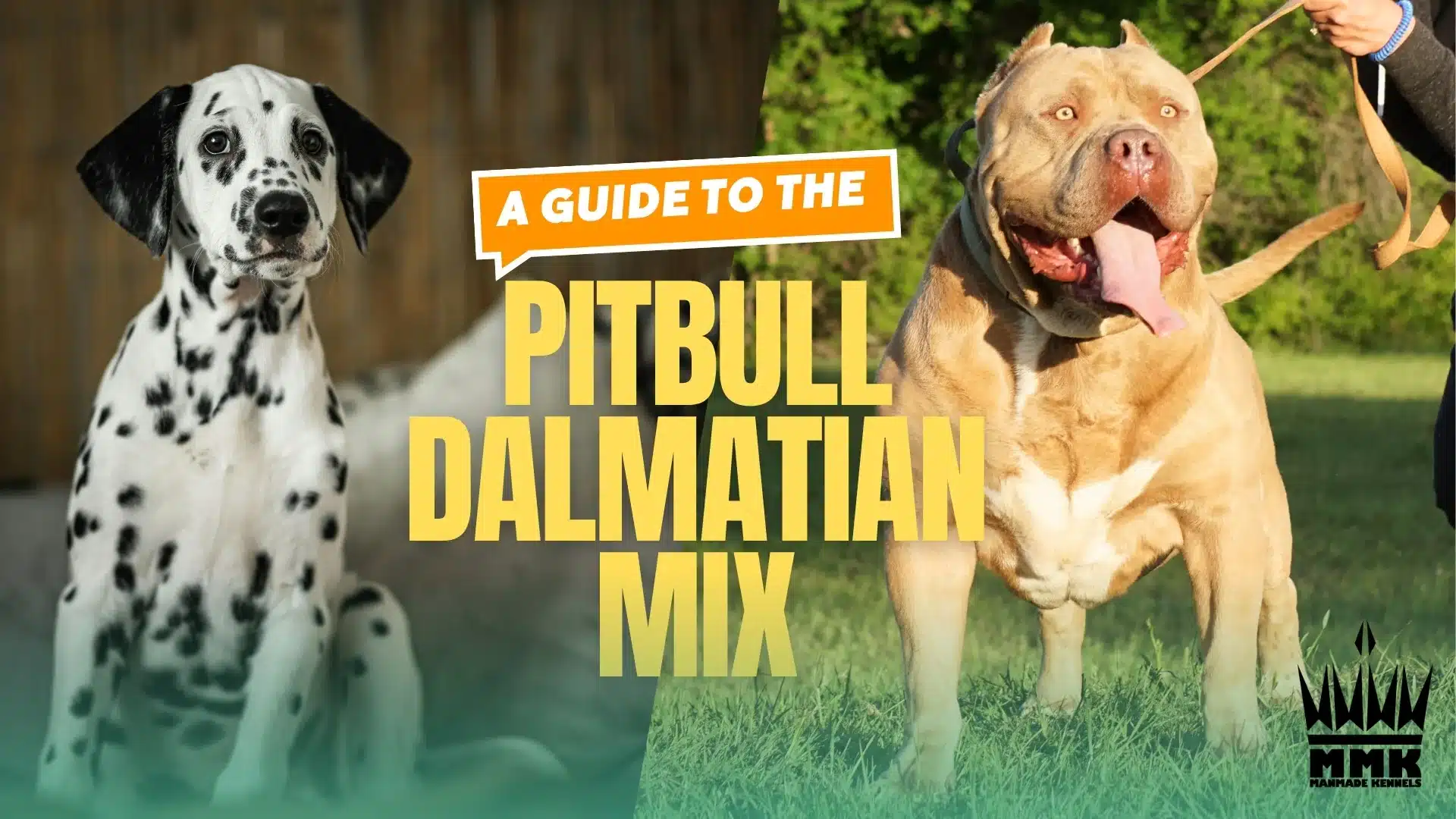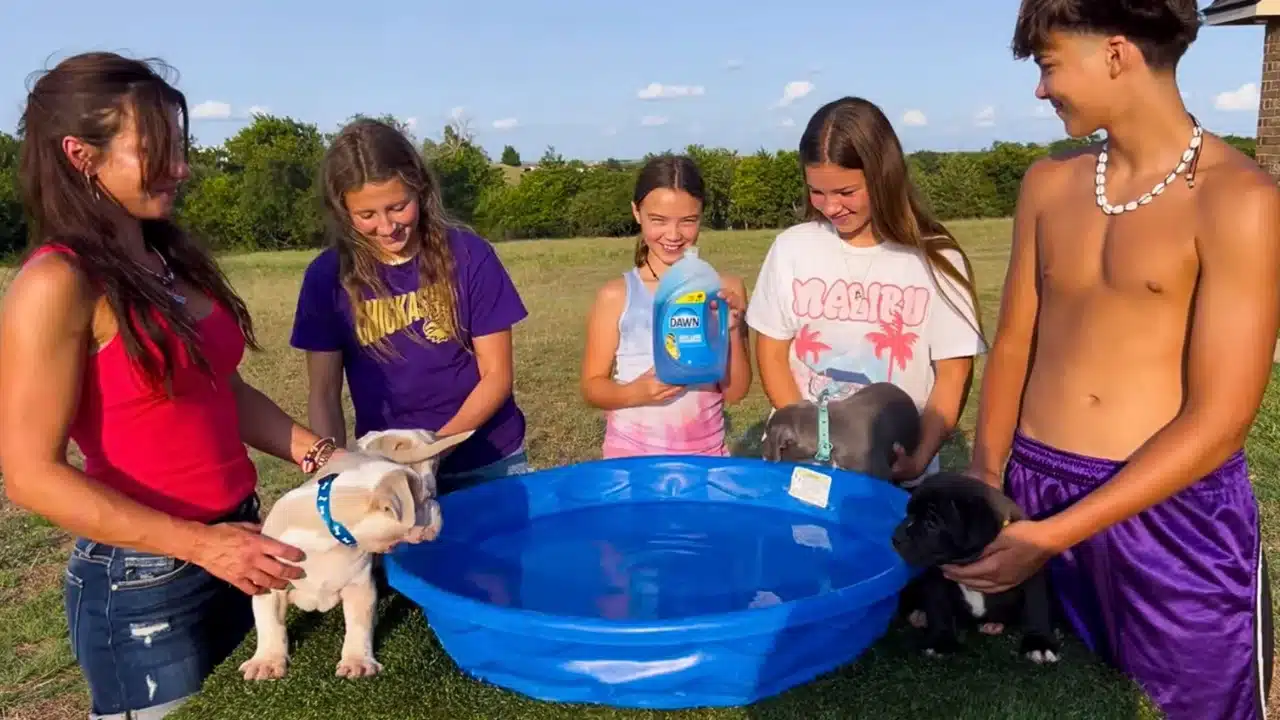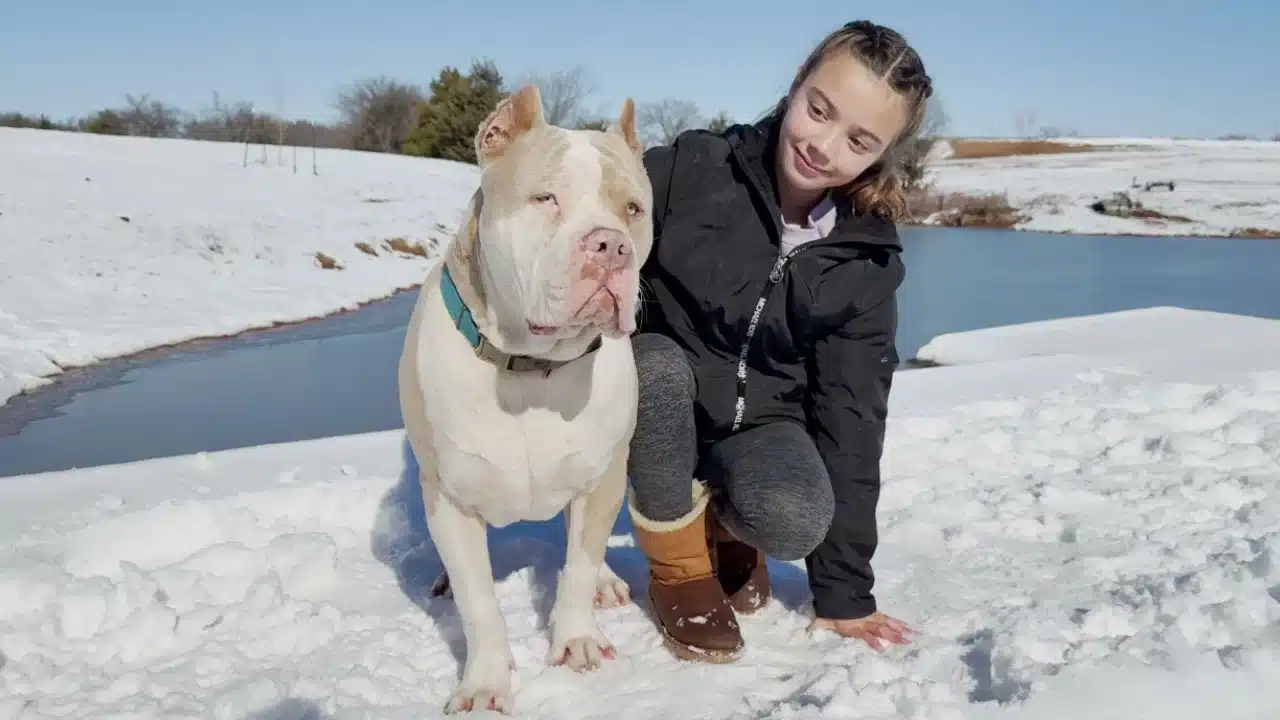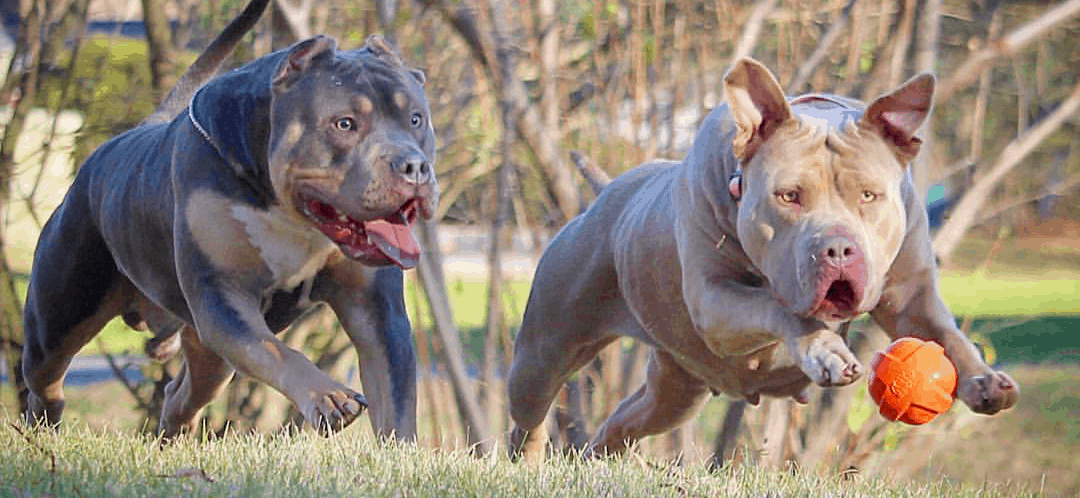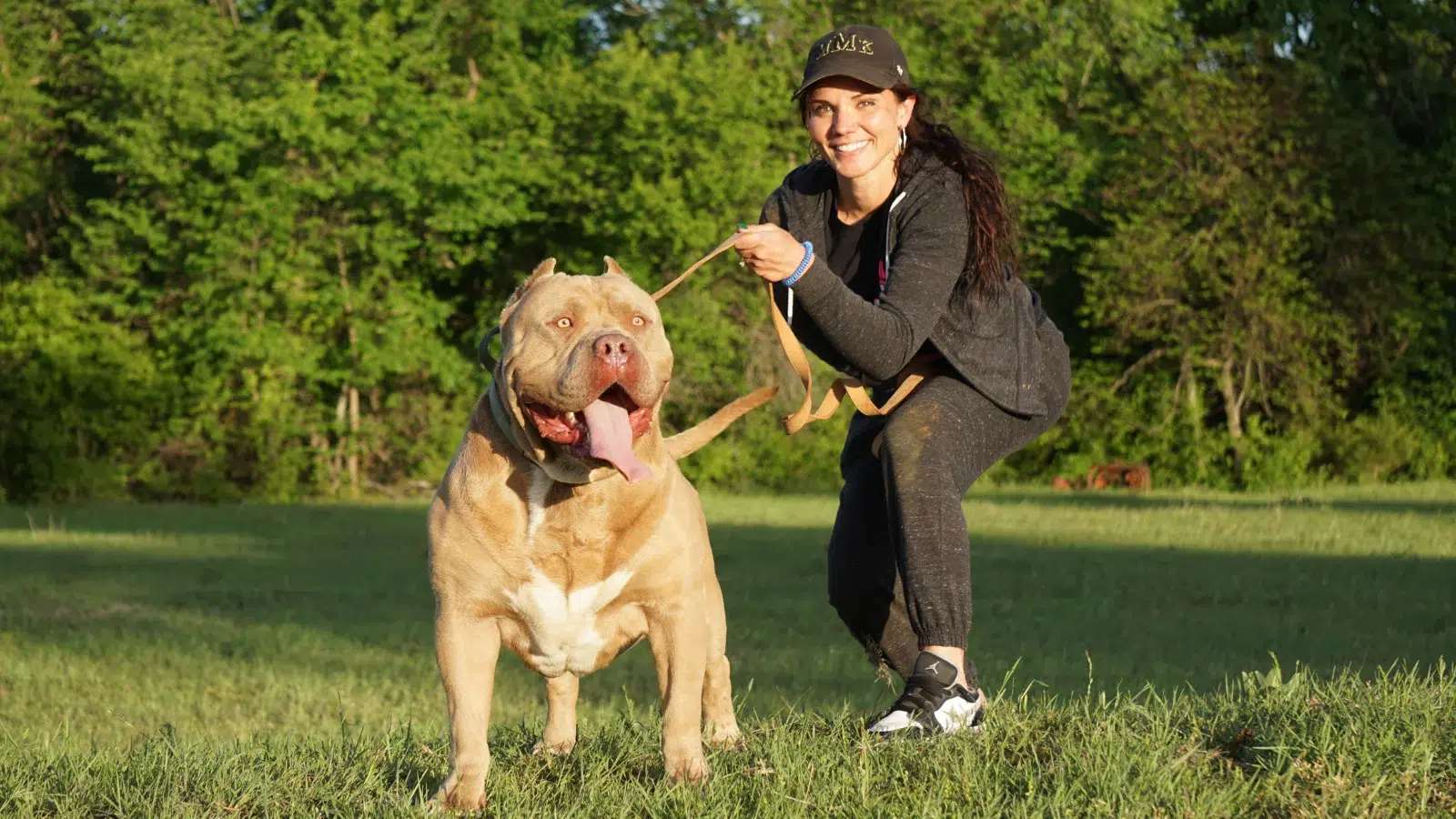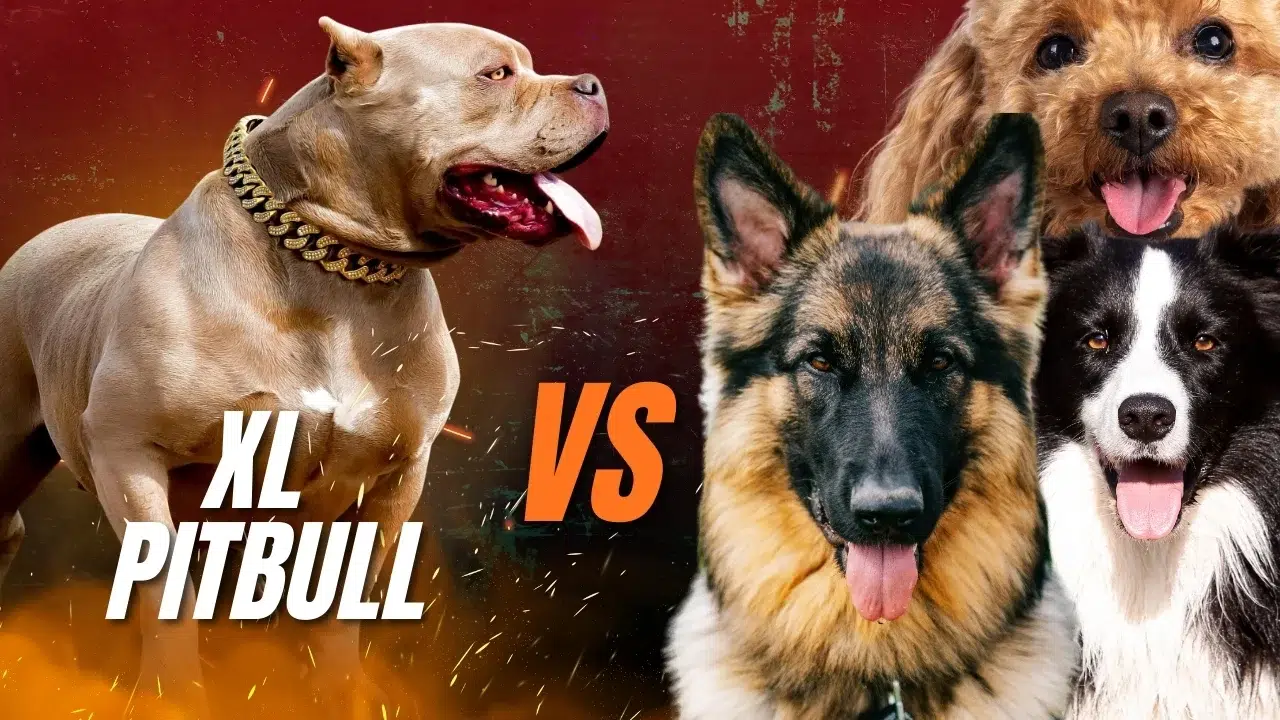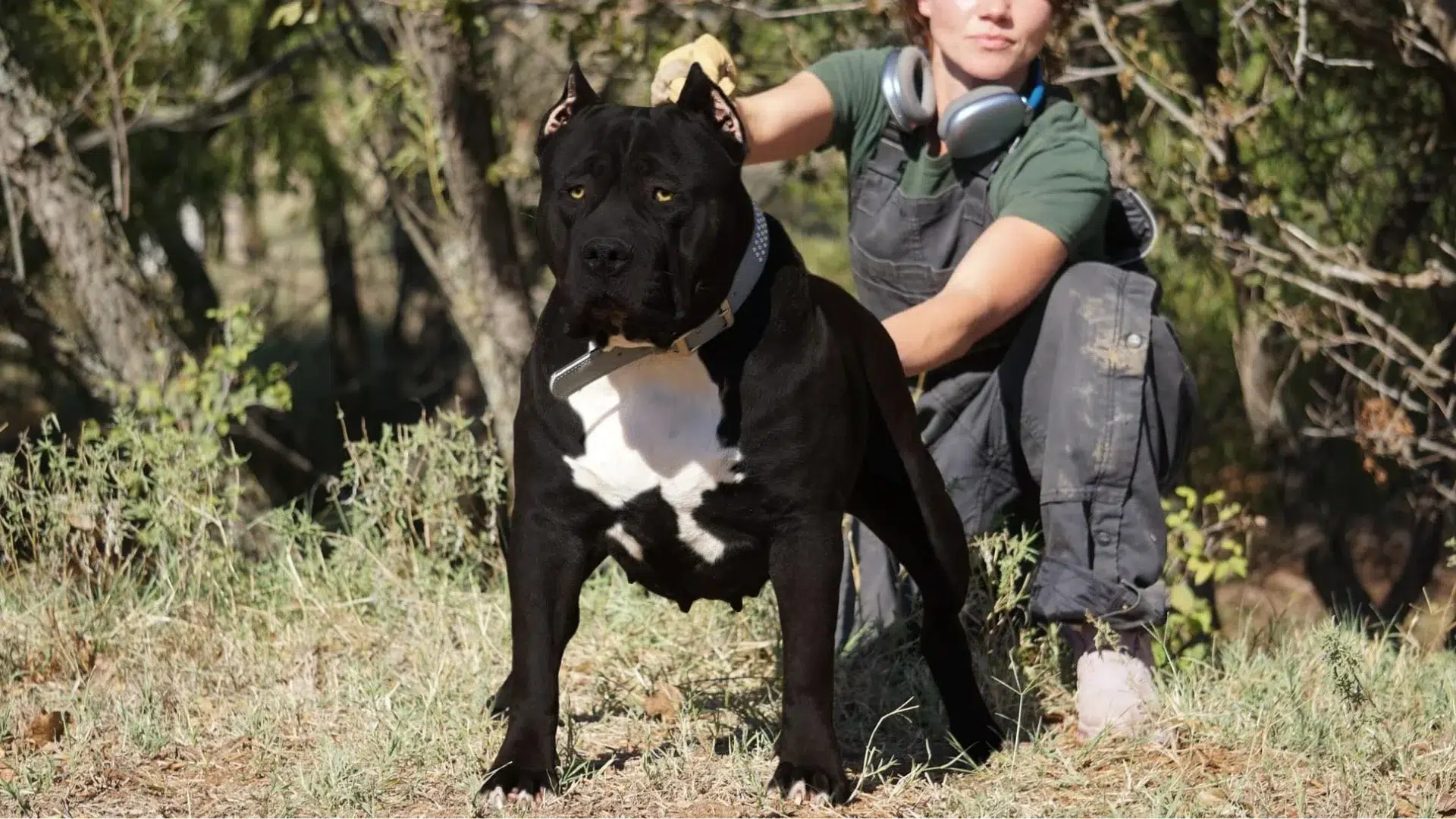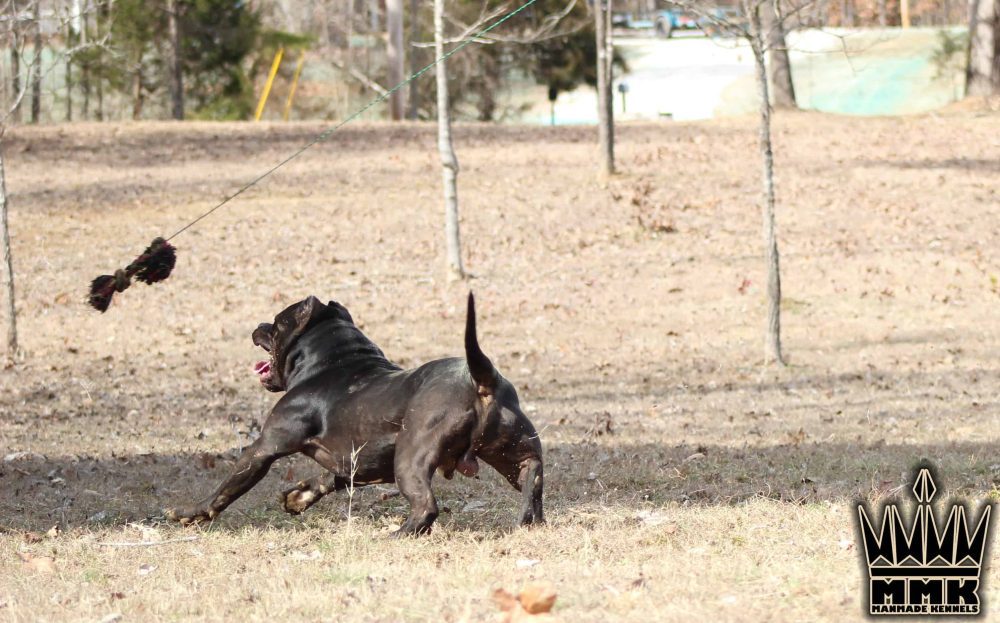What Every XL American Bully Owner Needs to Know
As a breeder who's dedicated my life to producing healthy XL American Bullies, I've seen too many heartbroken owners whose dogs developed hip or elbow dysplasia despite coming from "champion bloodlines" with excellent health clearances. The uncomfortable truth? Your puppy's environment and how you raise them matters more than their parents' hip scores.
The Numbers Don't Lie: Environment Beats Genetics
Recent research has shattered the myth that hip and elbow dysplasia are purely genetic diseases. Here's what the science shows: It’s a common misconception that hip and elbow dysplasia are purely genetic conditions. In reality, research shows that both genetics and environment contribute significantly—and in many cases, environmental factors may tip the scale.
Genetics accounts for 20–50% of hip dysplasia risk, with environmental factors likely responsible for the remaining 50–80%.
Studies across different dog breeds have found heritability estimates for hip dysplasia ranging from 20% to 60%, depending on the breed and the evaluation method used (Leighton 1997; Distl et al. 2009). This means that at least 40%—and sometimes more—of the risk comes from environmental and other non-genetic factors.
These include your puppy’s nutrition, rate of growth, exercise habits, weight, and even the timing of spaying or neutering (Anderson et al. 2000; Riser 1975). Even floor surfaces and early activity levels can affect development (Smith et al. 1990).
In other words, even if a dog is genetically predisposed, how they’re raised can dramatically influence whether they actually develop joint issues. The bottom line? You have more control than you think.
The Environmental Factors That Matter Most
1. Exercise Type and Timing
Not all exercise is created equal. Here's what the research reveals:
- Puppies raised on slippery surfaces or with access to stairs before 3 months have significantly higher dysplasia risk
- Dogs aged 12-24 months that regularly chase balls or sticks thrown by owners have higher risk of developing dysplastic hips
- Off-leash exercise on soft, uneven ground (like grass or dirt) actually reduces risk
The takeaway? Let your puppy play naturally on soft surfaces, but avoid repetitive high-impact activities like ball chasing until their growth plates close around 18-24 months.
2. Growth Rate and Nutrition
Rapid growth is one of the biggest risk factors for joint problems. When puppies grow too fast:
- Growth plates become unstable
- Joint development can't keep pace with bone growth
- Ligaments and muscles become imbalanced
Feed for slow, steady growth - not maximum size as quickly as possible.
3. Living Environment
The physical environment where your puppy develops makes a huge difference:
- Slippery floors (hardwood, tile, linoleum) force puppies to constantly adjust their gait, stressing developing joints
- Stairs before 12 weeks create abnormal stress patterns on hip and elbow joints
- Crate size matters - too small restricts natural movement, too large allows jumping that can damage joints
4. Play Partners and Intensity
This is where many owners unknowingly create problems:
- Allowing young puppies to play rough with adult dogs can cause microscopic fractures in soft growth plates
- These tiny bone fragments can lodge in joint spaces, causing inflammation and eventual arthritis
- Heavy panting during play is your signal to enforce rest periods
What This Means for XL Bully Owners
XL American Bullies are powerful, athletic dogs that many owners want to "condition" early. I constantly see questions about:
- Weight pulling for 6-month-old puppies
- Hanging chains around necks for muscle building
- Intense workouts to "bulk up" young dogs
Stop. You're not building muscle - you're destroying joints.
When you put heavy chains on a puppy or start weight pulling before 18-24 months, you're creating the exact environmental conditions that lead to lifelong hip and elbow problems.
The Right Way to Raise a Healthy XL Bully
Birth to 4 Months: Foundation Phase
- Provide non-slip surfaces (rugs, mats, grass)
- No stairs, jumping, or forced exercise
- Natural play on soft, uneven ground
- Quality orthopedic bedding for proper joint support during growth spurts
4-12 Months: Controlled Development
- Swimming is ideal - builds muscle without joint stress
- Short walks on varied terrain
- Avoid repetitive activities (ball chasing, frisbee)
- Monitor play intensity with other dogs
12-24 Months: Gradual Conditioning
- Growth plates are closing but not completely fused
- Can begin structured exercise gradually
- Still avoid weight pulling and heavy resistance work
- Focus on building core strength and balance
24+ Months: Full Activity
- Growth plates are closed
- Can begin weight pulling and conditioning work safely
- Adult joints can handle impact activities
The Bottom Line
Your XL Bully's joint health is in YOUR hands, not just their genes. The choices you make in puppyhood - the surfaces they walk on, the food you feed, the exercise you provide, the play you allow - have more impact on their future quality of life than their parents' OFA scores.
As breeders, we can give you the best genetic foundation possible. But environmental factors are your responsibility, and they're the bigger piece of the puzzle.
Don't let Instagram posts of puppies with chains fool you into thinking early conditioning creates healthier dogs. The science is clear: patience in puppyhood prevents pain in adulthood.
Your XL Bully will thank you for prioritizing their long-term joint health over short-term impressive photos. And isn't a lifetime of pain-free movement worth more than a few likes on social media?
At ManMadeKennels, we're committed to breeding healthy XL American Bullies and educating owners on proper puppy development. For more science-based training and health tips, subscribe to our channel and follow our breeding program.
Reference;
-
Anderson, Kathryn L., Debra R. Zulch, and Dianne McGreevy. "Effects of diet, exercise, and neutering on canine hip dysplasia." Journal of Small Animal Practice 41, no. 3 (2000): 94–100.
-
Distl, Ottmar, et al. "Heritability of canine hip dysplasia: Review of recent studies and breeding strategies." Veterinary Journal 181, no. 2 (2009): 114–121.
-
Leighton, E. A. "Genetics of canine hip dysplasia." Journal of the American Veterinary Medical Association 210, no. 10 (1997): 1474–1479.
-
Riser, William H. "Correlative study of canine hip dysplasia and pelvic muscle mass." American Journal of Veterinary Research 36, no. 12 (1975): 1653–1661.
-
Smith, Gary K., Darryl N. Biery, and E. A. Gregor. "New concepts of coxofemoral joint stability and the pathogenesis of canine hip dysplasia." Journal of the American Veterinary Medical Association 196, no. 1 (1990): 59–70.
You May Also Like
I am a highly skilled content writer and SEO expert with a passion for helping small businesses succeed in the digital world. With my extensive knowledge of the latest SEO techniques and strategies, I have successfully assisted numerous clients in improving their website rankings, generating more leads, and driving a significant increase in website traffic.
As a professional content writer and SEO expert, I am confident in my ability to contribute significantly to the success of small businesses. If you are seeking a results-driven, highly skilled digital marketer who can help you increase your ranking, convert new leads, and see a substantial improvement in website traffic, I would welcome the opportunity to collaborate with you.
Website: https://manmadewebsites.com/
Email: hello@digitalmarketingchap.com

